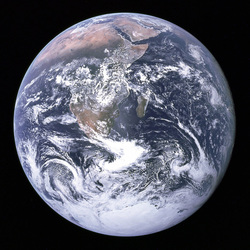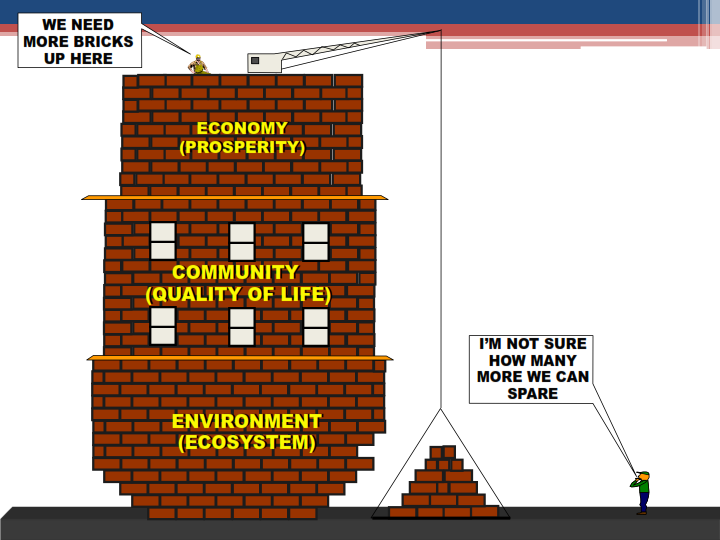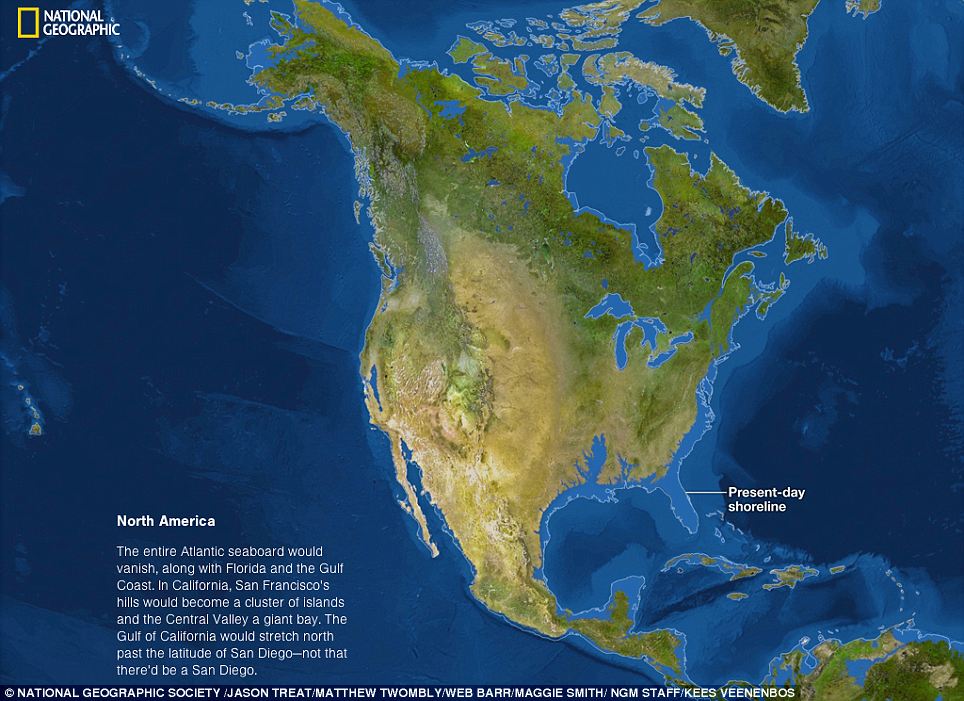Why is Sustainability so Important?

The total world population is estimated at almost 8 billion people. To meet the demands for food, clothing, and shelter, humanity has significantly altered our planet. Over the course of human history, vast areas of vegetation have been cleared, wastes and other pollutants have been released into our waters and atmosphere, and hundreds of thousands of species have been destroyed. For life to continue to flourish on this planet, human practices must change in order to restore the ecological health of the planet and for the betterment of all people, especially the poor. Many institutions of higher education have taken the lead in helping society to move towards a more sustainable future; one in which we are able to meet our current needs without compromising the ability of future generations to meet their own. Over the past twenty-five years, universities have served as models of sustainable practices and communities through their daily operations, curricula, and outreach. The desire to adopt more sustainable practices at SHU, such as instituting a comprehensive recycling program, increasing energy efficiency, and incorporating sustainability into education, led to the creation of the Sustainable College Committee in the fall of 2013.
The above argument in the rap of Prince Ea that the protection of the environment is of superior importance over other problems of injustice and exploitation (race, wealth, gender,...) as a healthy environment is the basis of survival of all of humanity is also made in the below excellent analogy of humanity building a brick building and taking out more and more bricks from the building's foundation.
I found this illustration included in a slide presentation by Dr. Michael T. Barbour, Center for Ecological Sciences, Tetra Tech, Inc.
Climate change kills people and other organisms now and threatens life on Earth as we know it - but there are SOLUTIONS:
- The potential carbon emissions from the oil, gas, and coal in the world’s currently operating fields and mines would take us beyond 2°C of warming.
- The reserves in currently operating oil and gas fields alone, even with no coal, would take the world beyond 1.5°C.
- With the necessary decline in production over the coming decades to meet climate goals, clean energy can be scaled up at a corresponding pace, expanding the total number of energy jobs.
- Full report published September 2016 by Oil Change International, in collaboration with 350.org, Amazon Watch, APMDD, AYCC, Bold Alliance, Christian Aid, Earthworks, Équiterre, Global Catholic Climate Movement, HOMEF, Indigenous Environmental Network, IndyAct, Rainforest Action Network, and Stand.earth - download it here




